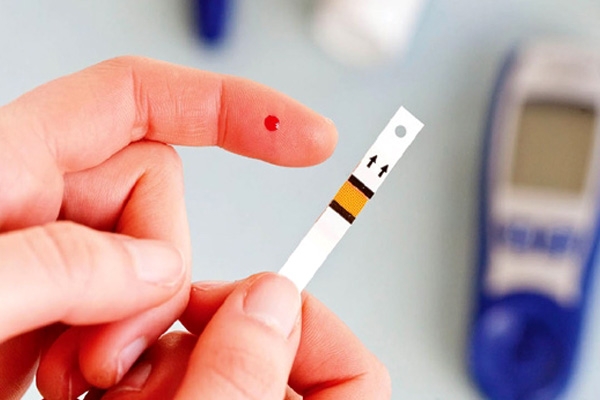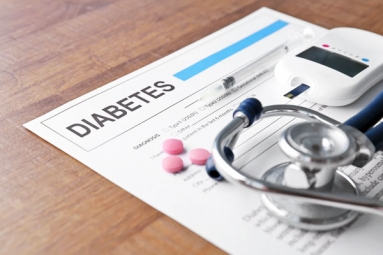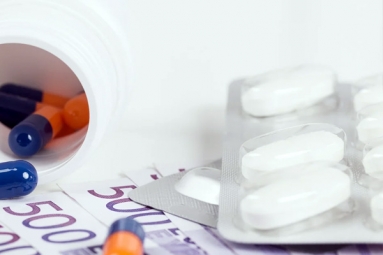
(Image source from: Criteria for Diagnosing Diabetes)
To be diagnosed with diabetes, you must meet one of the following criteria:
Have symptoms of diabetes (increased thirst, increased urination, and unexplained weight loss) and a blood sugar level equal to or greater than 200 milligrams per deciliter(mg/dL). The blood sugar test is done at any time, without regard for when you last ate (random plasma glucose test or random blood sugar test).
Have a fasting blood sugar level that is equal to or greater than 126 mg/dL. A fasting blood sugar test (fasting plasma glucose) is done after not eating or drinking anything but water for 8 hours.
Have a 2-hour oral glucose tolerance test (OGTT) result that is equal to or greater than 200 mg/dL. An OGTT is most commonly done to check for diabetes that occurs with pregnancy (gestational diabetes).
Have a hemoglobin A1c that is 6.5% or higher.
The diagnosis of diabetes needs to be confirmed by repeating the same blood sugar test or doing a different test on another day.
If the results of your fasting blood sugar test are between 100 mg/dL and 125 mg/dL, your OGTT result is between 140 to 199 mg/dL (2 hours after the beginning of the test), or your hemoglobin A1c is 5.7% to 6.4%, you have prediabetes. This means that your blood sugar is above normal but not high enough to be diabetes. Discuss with your doctor how often you need to be tested




















